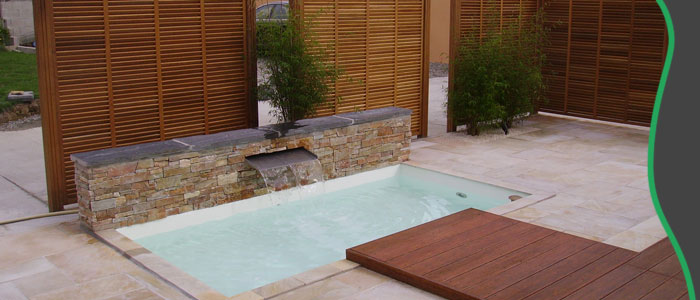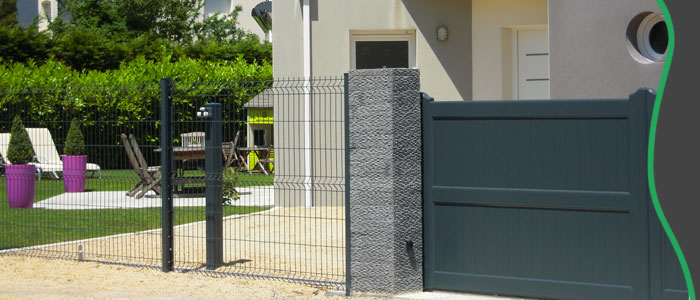Play around with this SYD calculator to get a better sense of how it works. A tangible asset can be touched—think office building, delivery truck, or computer. Even if you defer all things depreciation to your accountant, brush up on the basics and make sure you’re leveraging depreciation to the max. Get instant access to lessons taught by experienced private equity pros and bulge bracket investment bankers including financial statement modeling, DCF, M&A, LBO, Comps and Excel Modeling. The corporation now has all of the information it requires to compute depreciation for each year. Our partners cannot pay us to guarantee favorable reviews of their products or services.
Companies use depreciation to move the costs of their assets from their balance sheet to their income statement. Straight-line method, units of production, the sum of the year’s digits, and double declining balance are some methods. The straight-line method is the most common and simplest method to calculate depreciation. Not accounting for depreciation can greatly affect the operating and net profit.
Post Credit Memo and Analyze
After checking the documents, Kevin realizes that the acquisition value of the company car is incorrect. The accessories of the company car (such as the new winter tires) were posted as an expense (travel costs account). For retirement or transfer posting transactions, the transaction type determines whether these are posted with revenue (asset sales) or without revenue (asset scrapping). The system positions each business transaction to a column of the asset history sheet based on the transaction type. To find out more on costs, budgeting, accounting and other core financial knowledge, look at our Finance for the Non-Financial Manager e-learning course. The finance manager needs to flag up which costs will rise as sales activity increases.
- The depreciable amount is the asset’s purchase cost minus its salvage value or other revaluation amounts.
- The four methods allowed by generally accepted accounting principles (GAAP) are the aforementioned straight-line, declining balance, sum-of-the-years’ digits (SYD), and units of production.
- Nonetheless, impairment charges should also be included in the depreciated cost calculation, since these charges have in fact reduced the net book value of an asset.
- While fixed costs are the expenses that do not change with the number of products and services manufactured by a company.
- Under U.S. tax law, they can take a deduction for the cost of the asset, reducing their taxable income.
The operating and overhead costs of a firm are known as fixed costs. Items such as building, rent, utilities, labor, and insurance are included. Subsequent results will vary as the number of units actually produced varies. If an asset is sold or disposed of, the asset’s accumulated depreciation is removed from the balance sheet. Net book value isn’t necessarily reflective of the market value of an asset.
Sum-of-the-Years’ Digits Depreciation
This is the asset that is recorded in the books of accounts at the start of the accounting period. As a result, the asset’s book value is written down to decrease it to its residual value. A logging equipment, for example, is depreciated based on the number of hours it is utilized, therefore depreciation costs will vary depending on the number of trees chopped. Revenues are recorded with their corresponding costs in the accounting period when the asset is in use, this is required under the matching principle.
Methods to calculate depreciation Cost
Adam received his master’s in economics from The New School for Social Research and his Ph.D. from the University of Wisconsin-Madison in sociology. He is a CFA charterholder as well as holding FINRA Series 7, 55 & 63 licenses. He currently researches and teaches economic sociology and the social studies of finance at the Hebrew University in Jerusalem. Assets that don’t lose their value, such as land, do not get depreciated. Alternatively, you wouldn’t depreciate inexpensive items that are only useful in the short term.
Depreciation journal entry example
The proportion of fixed versus variable costs that a company incurs (and how they’re allocated) can depend on its industry. This method, which is often used in manufacturing, requires an estimate of the total units an asset will produce over its useful life. Depreciation expense is then calculated per year based on the number of units produced that year. This method also calculates depreciation expenses using the depreciable base (purchase price minus salvage value).
What kind of assets can you depreciate?
The sum-of-the-years’ digits (SYD) method also allows for accelerated depreciation. You start by combining all the digits of the expected life of the asset. The IRS publishes depreciation schedules indicating the number of years over which assets can be depreciated for tax purposes, depending on the type of asset. From the point of view of Asset credit note Accounting, the acquisition posting is debited to the asset balance sheet account and credited to the technical clearing account. The balance sheet account and the technical clearing account are reconciliation accounts. It is important to note that depreciation is not a cash expense and does not directly affect a company’s cash flows.
Is Depreciation a Fixed Cost or Variable Cost
IRS Publication 946 lays out the complicated rules for applying its depreciation methods. Many taxpayers rely on accounting or tax professionals or tax return software for figuring MACRS depreciation. Business can use some discretion in applying the above methods or internal use, but the IRS specifies how they will calculate depreciation when filing tax returns. This method is usually the Modified Accelerated Cost Recovery System. It assigns asset to specific classes, which determines the asset’s useful life.


